Cryptocurrency: A beginner’s guide
I take my first steps to the moon, purchasing crypto and analysing how it performs to give you some advice for your first investments.
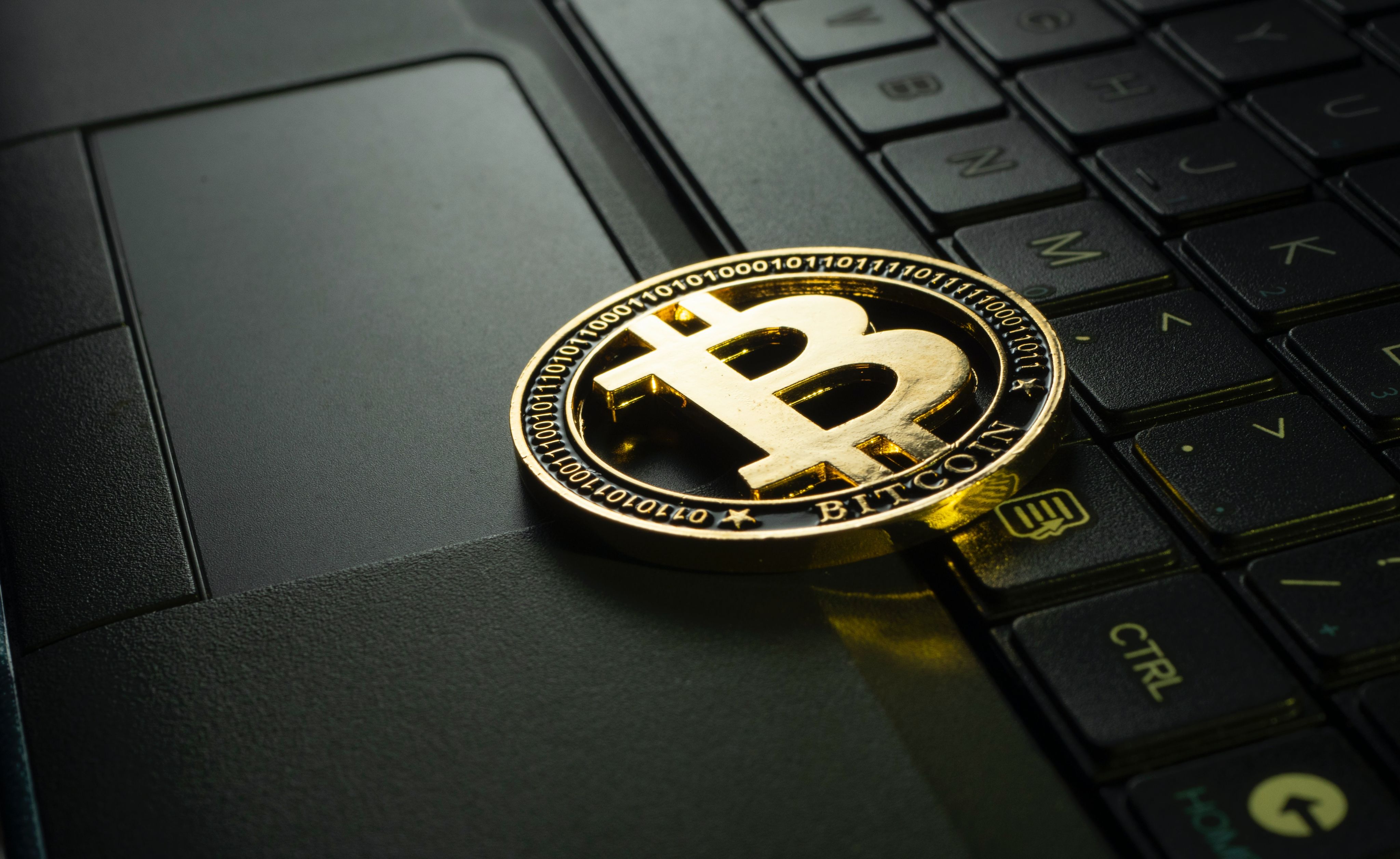
NOTE:
If viewing this on a mobile device or tablet, please use landscape orientation for optimal user experience.
On 22 May 2010, a man in Jacksonville, Florida purchased two Papa John’s pizzas. The cost? 10,000 Bitcoins. That sum would be equivalent to over £490 million at the peak price seen in October 2021. Indeed, the cryptocurrency market has exploded of late, with heavy-hitters Bitcoin and Ethereum spearheading surging prices for other alternative coins (altcoins) on the market. In November, Time Magazine noted that the overall crypto market was worth more than $3 trillion, with Bitcoin-led exchange traded funds (ETFs) fuelling the rise.
Despite this surging popularity, the vast majority of people are still outside of this market. Some consider the price fluctuations too volatile. Others consider the environmental impact to be too severe. But all of them are missing out on potentially huge gains, the like of which the traditional stock markets have never seen. Is it worth the risk? Let’s find out…

Photo by Art Rachen on Unsplash
What is cryptocurrency?
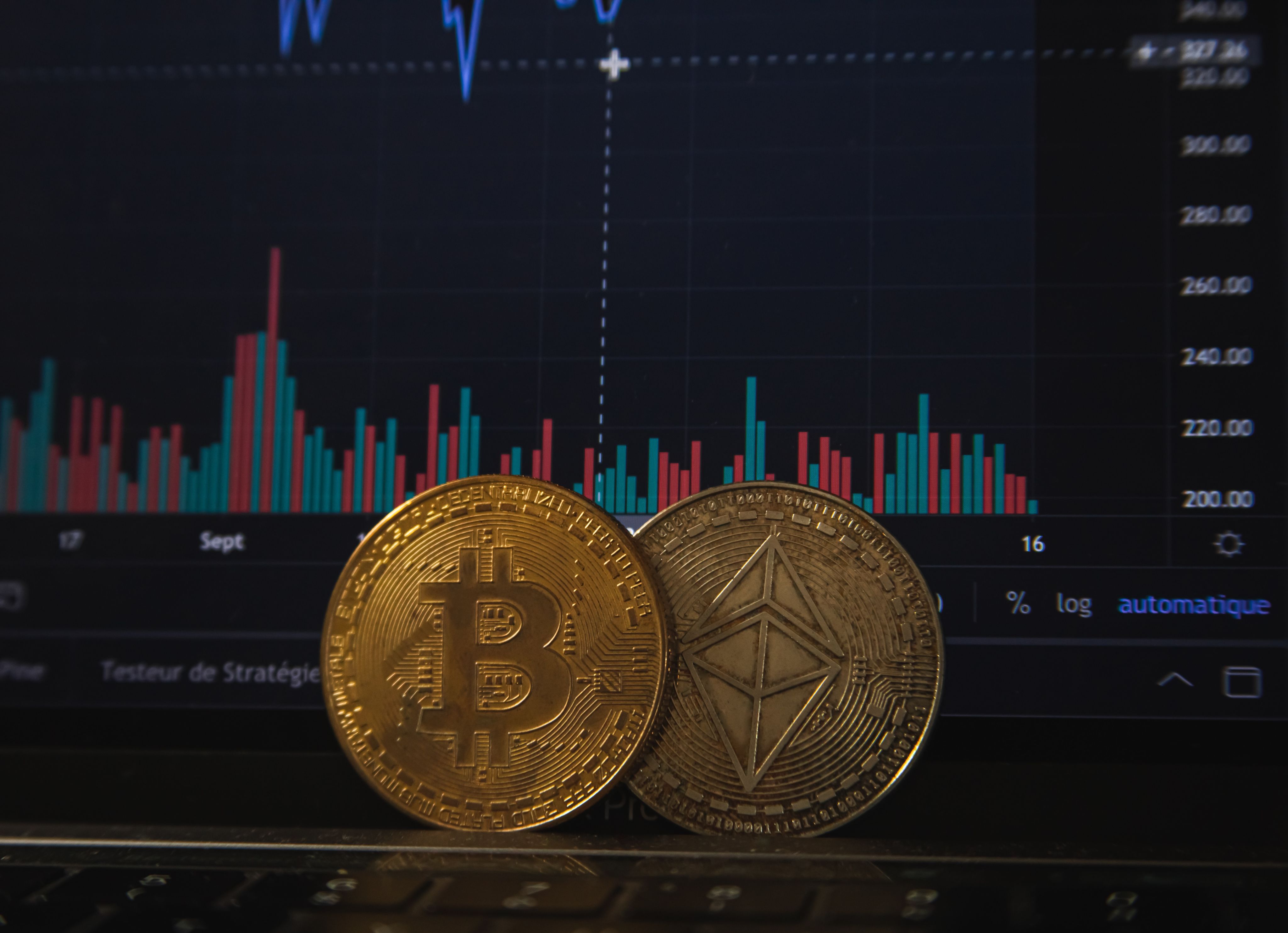
Cryptocurrency is a form of money that only exists in a digital form. It works on a decentralised model, meaning that there isn't a single organisation (like a bank or a government) that regulates the use and exchange of it. Instead, anyone can run software to ensure it is being used fairly and not being manipulated or hacked.
It is also encrypted with cryptography. This is similar to how WhatsApp encrypts your messages; you and your recipient can see the message, but anyone in between can only see randomised strings of letters and numbers. For crypto, this allows those people running software to regulate usage to see that someone has spent x amount here and there, but it can’t decipher that that someone is you.
Bitcoin is the biggest and oldest cryptocurrency, but others do exist. Ethereum is the second biggest and is commonly used in the purchase of NFTs (non fungible tokens; like digital artwork). Litecoin has been dubbed the “silver to Bitcoin’s gold” and works in a very similar way. New cryptocurrencies appear all the time with different use cases. One example is Render, which aims to utilise computer processing power that one device is not making use of to help run more intensive tasks on another device.
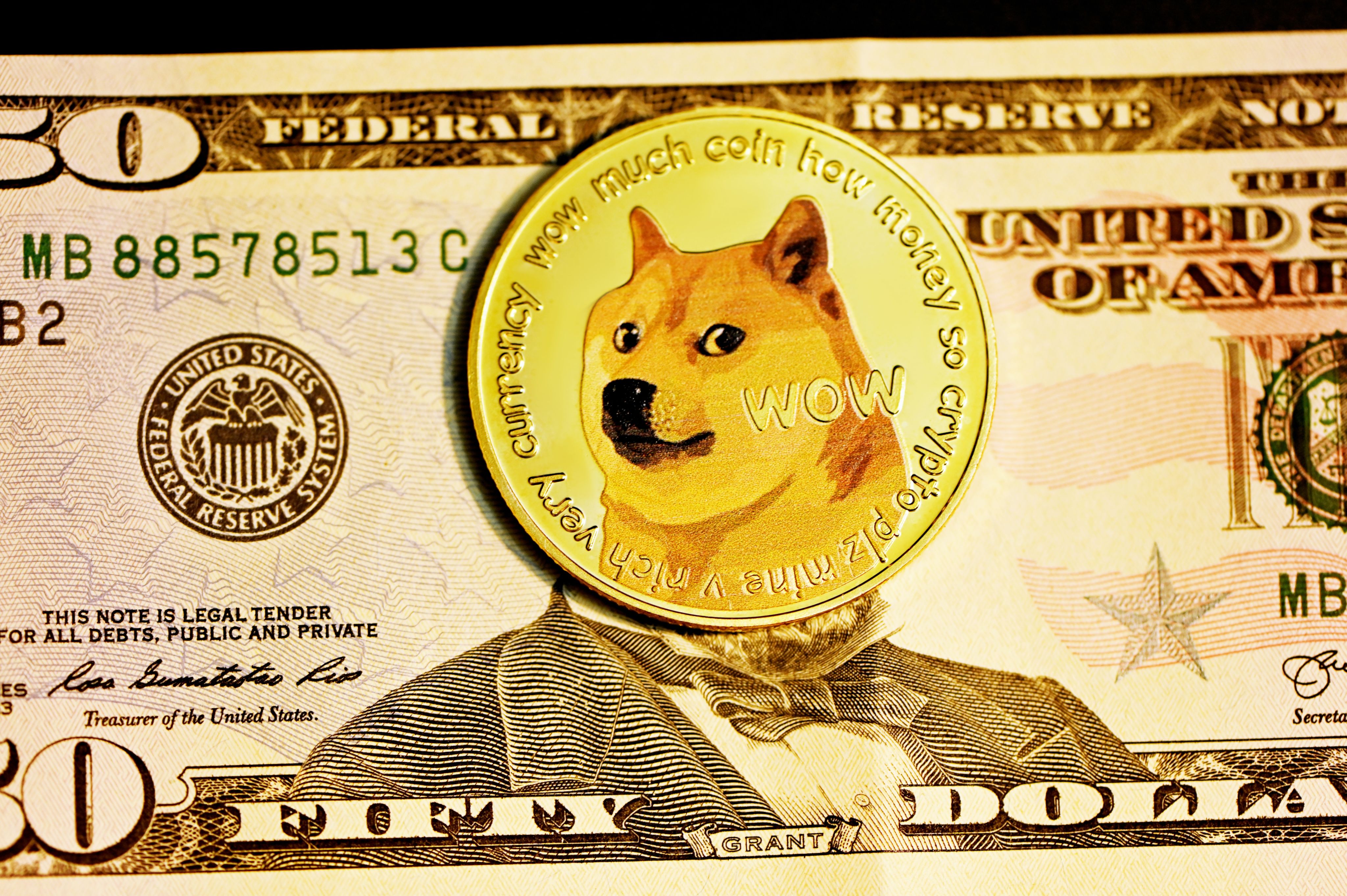
Photo by Kanchanara on Unsplash
How to buy crypto

In order to purchase cryptocurrency, you will need to use an exchange. Think of this like a stock market for digital currency. Each exchange will have different features and fees, and some may have more coins available than others. Some are also restricted in certain locations, so doing your homework prior to purchase is important.
For my first experience with crypto, I used Coinbase. Forbes listed Coinbase as the best exchange for beginners in 2022, and despite having slightly higher fees, I was won over by the simple interface, mobile app and ease of purchase. Coinbase also offers free cryptocurrency in exchange for learning about newer or lesser known coins, effectively giving out free money in exchange for a small amount of your time.
To start off, I invested in four coins. As the two largest and most well-known coins, Bitcoin and Ethereum were straightforward choices. My third choice was Dogecoin. Known as a ‘memecoin’, Doge exploded in popularity after Elon Musk tweeted about how much he had purchased. It works in a fundamentally different way to most cryptocurrencies, minting 10,000 coins every minute to make it deliberately abundant. This seems to go against conventional wisdom of supply and demand, but a lower cost of entry combined with a high market cap (£14.5 billion at the time of writing) has made Dogecoin an attractive proposition, particularly for those with less to invest in the crypto market.
My final coin was Polygon, a suggestion made by a crypto YouTuber. Many people are sceptical of the crypto YouTube community, claiming that they use their position to influence and manipulate the market for personal gain, rather than providing regulated, sound advice. I watched a handful of these videos to find a commonly chosen coin, but found that everyone had different suggestions. Therefore, I selected the coin that I believed in the most from their lists. Polygon operates on top of the existing Ethereum network, aiming to boost transaction speed and reduce costs.
What went down

One of the first things you’ll hear about cryptocurrency is that is is volatile or unstable. This is based on a number of things: media hype, supply and demand, and infancy, to name a few. Sure enough, in my first two weeks invested in crypto, I saw my portfolio plummet by 24%. The drop was relatively gradual, happening over a few days, and was mainly in response to the invasion of Ukraine by Russian forces. According to the crypto basic, an online crypto news website, Bitcoin fell by 8% just minutes after the invasion was announced. This caused furore among investors, as Bitcoin’s reputation as a store of value in times of market upheaval was tested and debunked quickly. By contrast, stocks of gold, a traditional store of value asset, soared to prices nearing $2,000 per ounce.
This was the first real test of Bitcoin in a moment of worldwide pandemonium, and it seemed to have failed. However, as the week progressed, prices rallied as people on both sides of the conflict looked to store value in Bitcoin, rather than their traditional currencies. At its lowest point, the Russian ruble had lost 44% of its value.
As the conflict progressed, cryptocurrency became a bigger talking point. The Russian government began to consider using crypto as an alternative to the ruble to fund their operation in response to international sanctions. More recently, they have proposed accepting Bitcoin as payment for oil and gas.
Around the same time, the Ukrainian government shared details of their official cryptocurrency wallets on Twitter, in the hope that people would donate to help their military efforts. As of 9 March, almost $100 million was donated according to the deputy minister for digital transformation. This effort further boosted public perception of crypto, strengthening prices across the board.
This slow rally carried on, flitting up and down each day, but with a general upward trend. And then it happened. Six weeks and four days after investing, my portfolio had grown back to its starting point. “I broke even,” I whimpered excitedly to a pool of friends who couldn’t care less about my financial gambles. But it was a crucial step. This speculative collection of lines of code had gained enough value to break gently into profit.
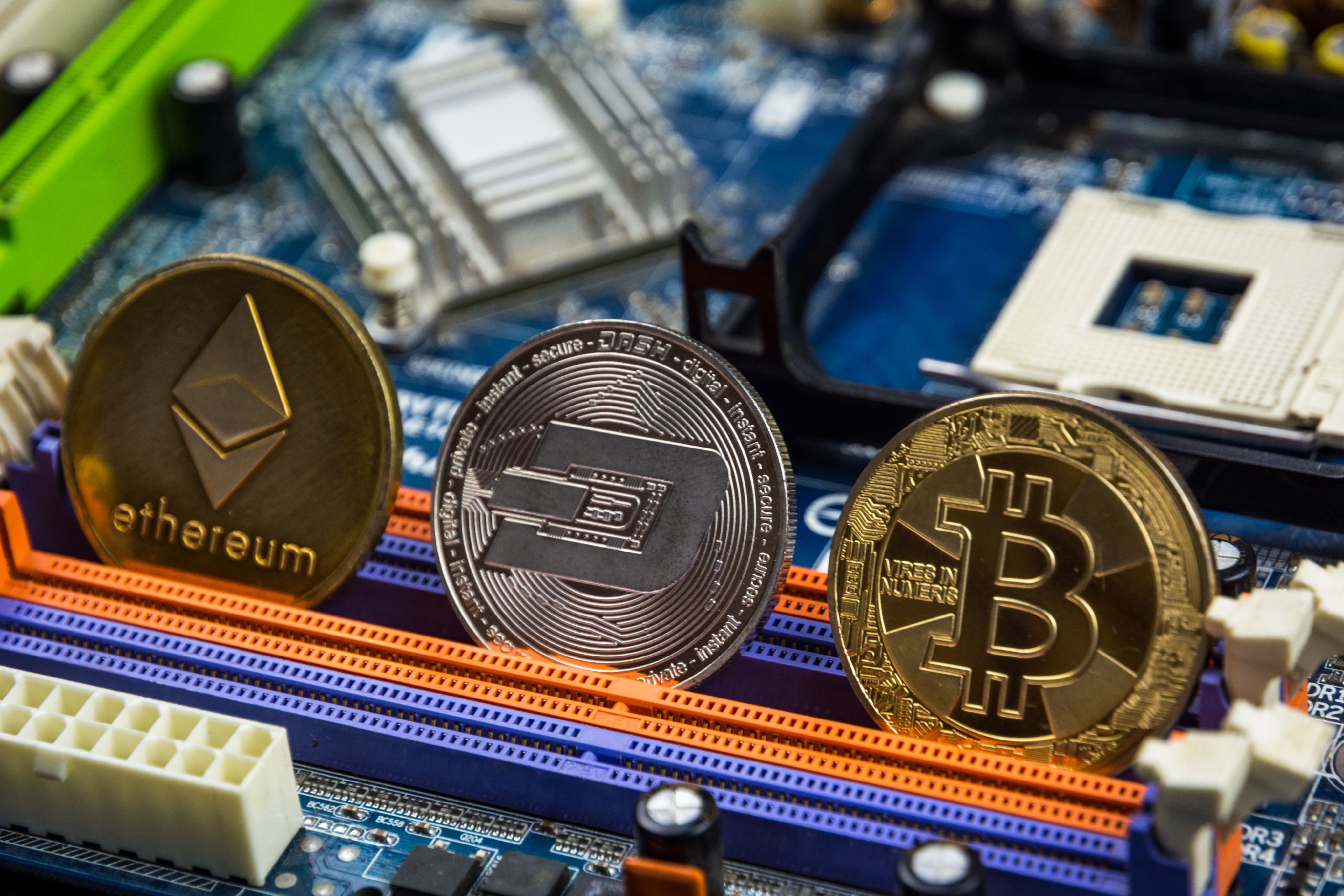
Photo by Bermix Studio on Unsplash
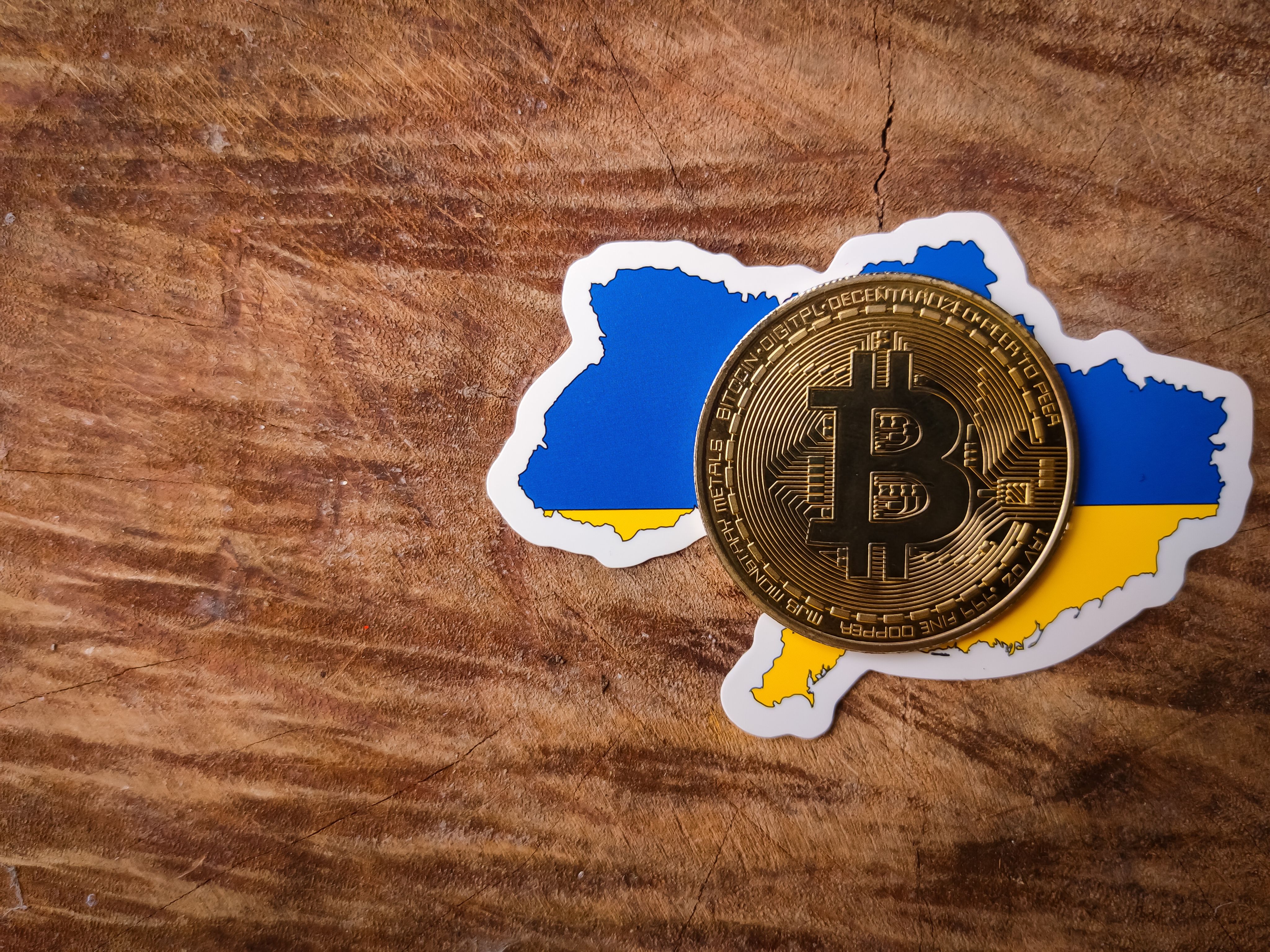
Photo by MOHD AZRIN on Unsplash
The dark side of the moon

It’s not all plain sailing for crypto, however. Skeptics believe that it is built on a bed of dark web dodgy-dealing and offers free and easy opportunity for money launderers. One of the drawbacks of a decentralised currency is that no-one can regulate who or where funds are coming from or going to, making it perfect for those that wish to anonymise monetary transactions. However, US regulations mean that IP addresses can be tracked to at least know the country of origin, which assists with barring individuals from sanctioned locations. In the UK, the Financial Conduct Authority take a particularly cold stance on the issue, stating “cryptocurrencies are very high risk, speculative assets” and that you are “unlikely to be protected if anything goes wrong.”
My first memory of Bitcoin follows a similar path. While at university, a friend of a friend was an active user of psychoactive substances. One day, I questioned how he could get them so easily. He proceeded to talk me through the many sites on a special darkweb browser that allowed him to go shopping for everything from a small bag of magic mushrooms to hired assassin. The currency was Bitcoin. I shudder to think of the wealth that has gone into such purchases based on today’s value.
The expert opinion

With so many aspects to consider, it was time to call in the professionals. I spoke to Dr Panayiotis M. Pourpourides, a senior lecturer of Economics at Cardiff University and respected voice on all things cryptocurrency, to find out what first-timers should be aware of when delving into crypto.
“Those starting out must make sure to do their own research; they should definitely not rely solely on YouTube influencers and Twitter posts, as these could be misleading,” he tells me.
He goes on to say, “First-timers should avoid taking risks they cannot bear and investing more than they can afford to lose. Prices are very volatile, so you need to be patient as well. Remember, you don’t lose unless you sell.”
When quizzed on the future of cryptocurrency in the mainstream, Panayiotis foresees a co-operative future, where traditional currency and cryptocurrencies work in tandem, rather than against one another.
He says, “It will depend on how the traditional system for finance evolves. Currently, crypto is in the very early stages of adoption, but it already complements the traditional system for finance. I believe that it will do so on a larger scale in years to come.”
And on the topic of underhand activity using crypto? Dr Pourpourides believes that the potential risks are no more substantial than with traditional cash payments.
“Recent US Treasury Department reports (The 2022 money laundering risk assessment, the 2022 national terrorist financing risk assessment, and the 2022 national proliferation financing risk assessment) indicate that traditional currency is far more commonly used in illicit activity than crypto. It’s easier to trace transactions on the blockchain than those made traditionally using cash. Therefore, even though illegal trade risks exist, and need to be addressed, those risks do not exceed those of traditional currencies.”

Photo by Bermix Studio on Unsplash
What will happen next?
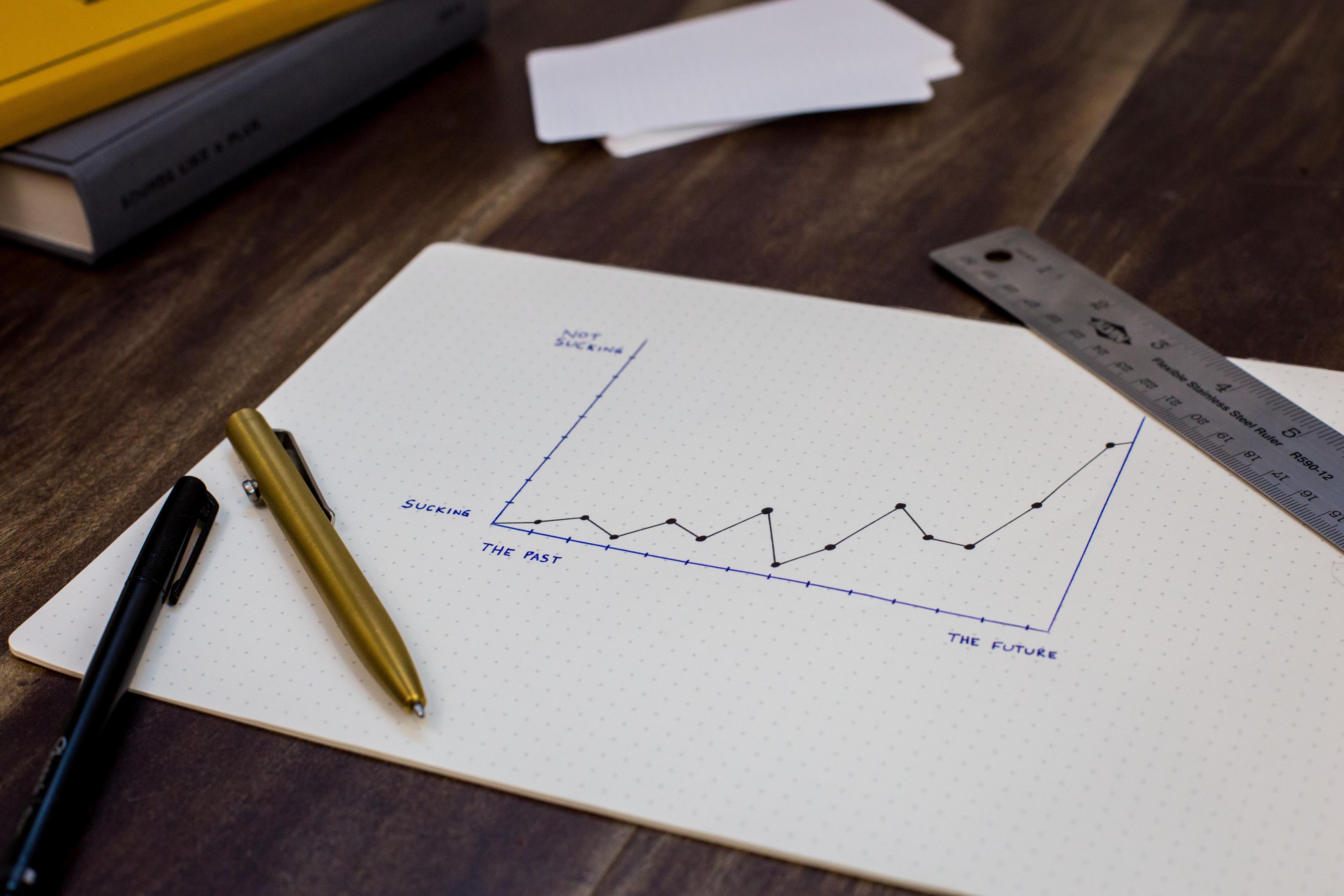
At the start of February, I couldn’t have told you anything about cryptocurrency. It seemed like fake money and I couldn’t comprehend how it was possible to regulate. But having spent two months researching and investing, I completely understand why crypto is so appealing as an investment. It’s not just about money — you’re investing in the future and helping to shape the way things will work.
Personally, I will stay invested in crypto, and I’ll likely add more to my investment further down the line. It will never make up a large part of my total investment portfolio, but I believe that it will continue to grow and offer protection against traditional market volatility and inflation. The response to cryptocurrency in the Russia-Ukraine conflict has strengthened my belief that this technology will become a part of our daily lives in years to come.
I will, however, change my portfolio. Learning about some of the lesser known tokens was really interesting, but I don’t believe they make for smart investments. I will move my money into the main coins — Bitcoin and Ethereum at the moment — as I believe these will lead price surges with slightly more safety than the smaller tokens.
As they say, you can’t win the lottery without buying a ticket. Cryptocurrency is a bit of a gamble, but one that I believe will make a lot of winners in the long term.
Feeling inspired to give Crypto a go? Use the button below to sign up for Coinbase with my referral link and follow in my footsteps.
I am not a financial adviser. All investments carry risk and I take no responsibility for any losses made as a result of investments via this link. If you are unsure, seek professional advice.

